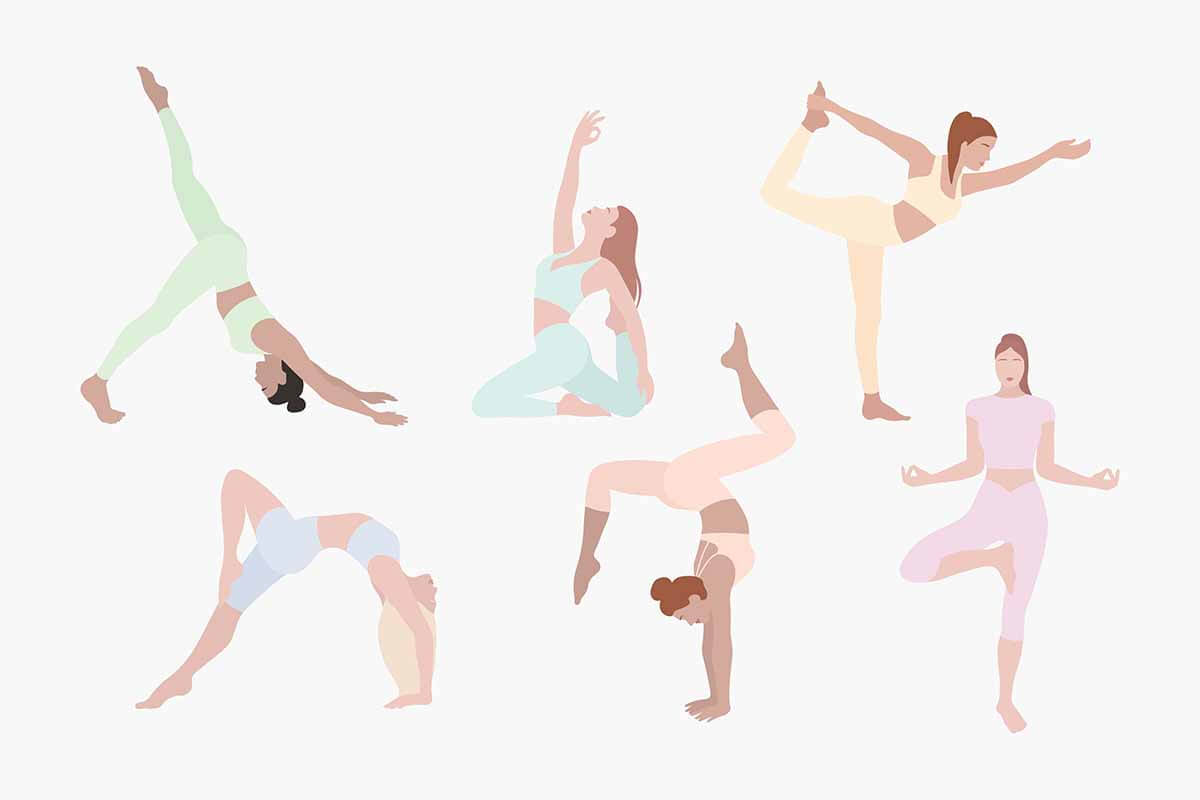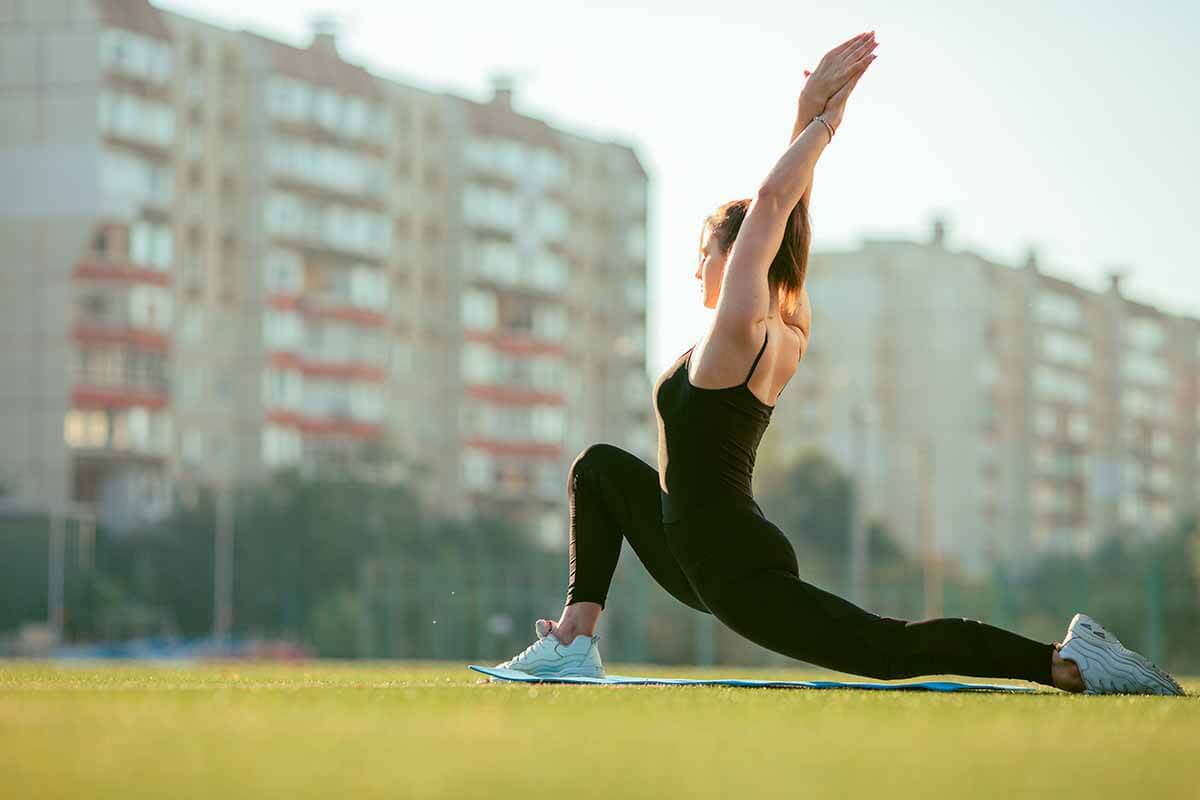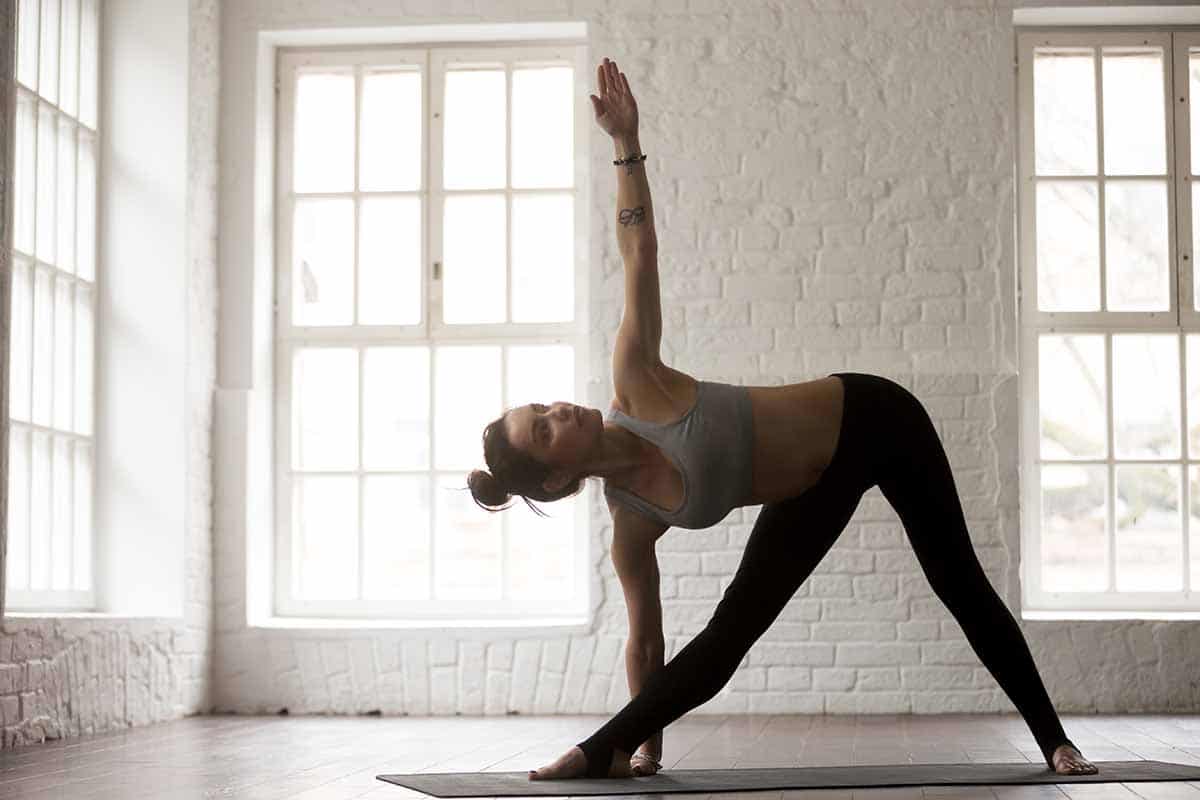
igeon pose is a common yoga asana famous for opening the hips and easing lower back pain. Pigeon pose is a great way to increase flexibility and stretch muscles. Hips are a complex part of the body that contains ligaments, tendons, and muscles necessary to enable you to move. Usually, most people work jobs that involve sitting in front of the computer all day long without much stretching or movement, especially in the hips. When you indulge in activities like running, cycling, and walking, they help build strength in your hips. But in order to stretch these muscles, you'll need to practice yoga since these activities cause the hip muscles to feel tighter.
Most people hold stress in their hip areas which brings about tightness, and the Pigeon pose is one of the yoga asanas that help open up the hips by reducing tightness. Learning how to do the Pigeon pose properly will prevent injuries when practicing yoga, increase mobility and flexibility, and open up the hip flexors. Pigeon pose increases the outwards and external rotation of the femur bone in the hips socket. It also lengthens the psoas muscle.
Article Topics
Is Pigeon pose a beginner's pose?
Pigeon pose can be practiced by beginners and expert yogis equally. Beginners may need a couple of variations to practice, and with those modifications, they too can do the pose. For example, a beginner will have some space under their butt from the front folded leg when doing pigeon pose. It is best to put a bit of padding there to offer more support. If you need to, you can also use a blanket, cushion, or even a yoga block when practicing pigeon pose. It makes everything more accessible, especially if it’s your first time.
Some beginners may also find it hard to do the forward bend. In this case, you can use a block under your forearms. But if your issue is that you can’t quite get on your arms on the ground, then you can instead use a yoga block between both arms. Using a yoga block helps bring the ground up to you, preventing you from straining too much, which could result in hurt. If you still find it hard to perform the pigeon pose even with all these substitutes, you can always do the eye of the needle pose, which is an excellent variation of the pigeon pose. The eye of the needle pose is similar to the Pigeon pose, except you don’t have to struggle with gravity.
Can everyone do a pigeon pose?
Absolutely anyone can do a Pigeon pose. If you’re a beginner, you might think this is a pun, but it isn’t. There are many ways to perform Pigeon pose, which can help even a beginner be able to get into the asana. There could be some issues when doing pigeon pose, and here are solutions for those:
- The back hip is not touching the floor: If your hip doesn’t touch the ground, it could be due to your tight hip flexors. To modify this, you can use a yoga pillow or a folded blanket. Place either one under your hip for support. You can also adjust the angle of the front leg to ensure you feel more comfortable in this position.
- Your forehead can’t touch your folded hands: If you can’t reach your head down to the front of the mat where your folded arms are, you need to place a yoga block. Place the block between your arms and let your head rest on it. You can use the longer side of the block or even stack two blocks on each other. Alternatively, if you still can’t get that low, you can stay up, supporting yourself on your forearms. If that still feels intimidating, stack yoga blocks under your forearms.
- Knee pain: The most common reason most yogis can’t get into Pigeon pose is their painful knees. Instead of breathing through the pain, take a folded blanket or towel and place it under your back knee. If this trick still doesn’t work, you can come on your back and perform the Eye of the Needle pose, which is similar to a Pigeon pose but without putting weight on your knees.
- Lower back pain: Tight glutes often lead to back pain when you decide to stretch these muscles. If using a pillow, blanket, and yoga block doesn’t work, you can keep doing the Eye of the Needle pose until you’re ready to try the pose again. If you ever feel prepared to try the pose, ensure you use modifications to prevent hurting yourself.
If you take any of the above modifications according to your needs, you’ll be able to get into the Pigeon pose. As you keep modifying, your muscles will get used to the movement, and soon you’ll be able to perform Pigeon pose without needing modifications.
How do you do pigeon pose?
- Start out in the Downward Facing Dog pose, then raise the right leg away from you.
- Bring the right knee forward to the front of your left knee while it’s folded. The further forward your right knee is, the more intense the pose will be. Flex your right knee and bend it as much as you’re comfortable, especially if you’re a beginner. With time, you will be able to bring the shin of your right knee parallel with the front edge of your mat.
- Slide your left foot behind you. Make sure your left leg is straight behind you because it often ends up extending to one side or the other. Also, ensure that all your toes are on the mat. Have a feel at your back thigh and ensure that it rotates inwards.
- You can also lower the outside of your right buttock to the floor. Doing this prevents you from putting all your weight on the right hip, which often happens, especially when you’re a beginner. Try your best to distribute weight equally between both hips. This is where you can put a blanket under your hip if you feel like you’re straining too much.
- Elongate your spine by placing your hands on either side of your leg and checking in with your lower back. Breathe in.
- While breathing out, lay your torso on your right leg. It’s not necessary to put your head on the mat. Just lower your torso to the point that you feel comfortable. Get a good stretch on your hips (this doesn’t mean you should feel pain) and focus on balancing your weight on both hips. Keep your spine long throughout your pose. If you feel your hips are open, you can stretch your hands in front of you and stack them on top of each other, then rest your head on them.
- You can hold the pose for between 4 to 5 breaths, inhaling and exhaling through your nose.
- To get out of the pose, rise and place your hands on your mat, then carefully lift your right leg and move to Downward Facing Dog. After taking a few deep breaths in downward dog, you can now repeat the posture on your other leg.
In this video, Tess demonstrates the right way to do the Pigeon pose. Before getting into the right easy way, she starts by showing what mistakes most people make when doing Pigeon pose. She suggests starting the pose in Downward Dog. Inhale while raising the left leg, then bring that knee behind the left wrist. Then walk the back leg directly behind the front leg, untuck the toes, and press on top of the foot.
After that, ensure your front knee is outside the hip. By this stage, you should be able to prop yourself up, but if you have too much space under your hips and need support, you can fold a blanket and shove it under your bum. Keep the front foot flexed at all times. You can bend your knee as much as you’d like or let it stay parallel to the front of your mat. You can then walk your hands forward and stack them, creating a pillow for yourself. If you feel you’re still straining, you can use a yoga block to rest your head-on. You need to feel your shoulders moving back from your ears to your back. You can hold the pose for a few breaths. Then do the same on the other side.
Final thoughts
Yoga is a beautiful practice that will help you be more flexible and aid in your mental and emotional health. It involves breathing exercises, meditation, and poses that will include your mind and body, thus reducing stress and anxiety. If you want to fully get into pigeon pose as a beginner, you will need a lot of patience and consistency, which is what yoga is all about. As you keep practicing the Pigeon pose, you will fall in love with all the yoga asanas leading up to that moment which is so beautiful.




